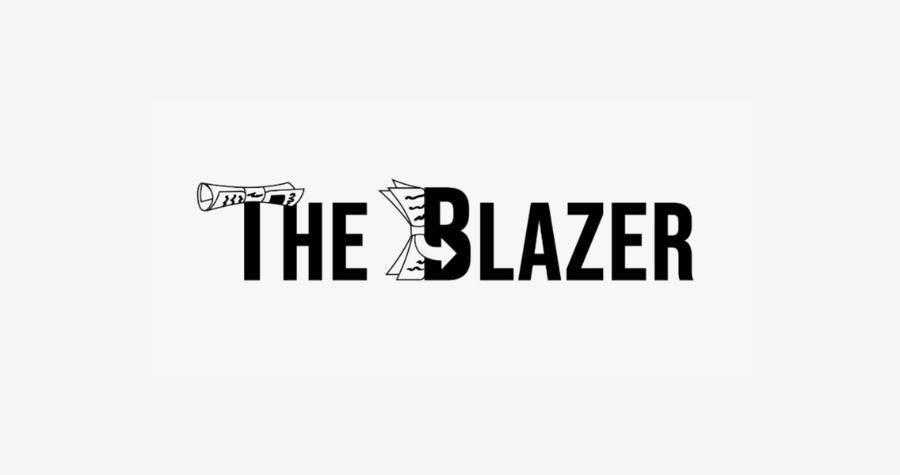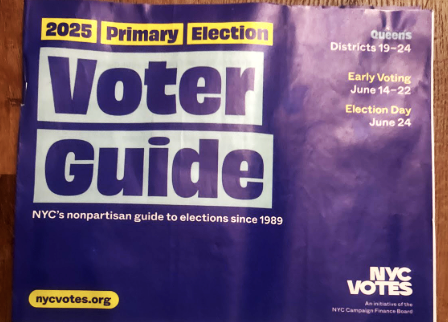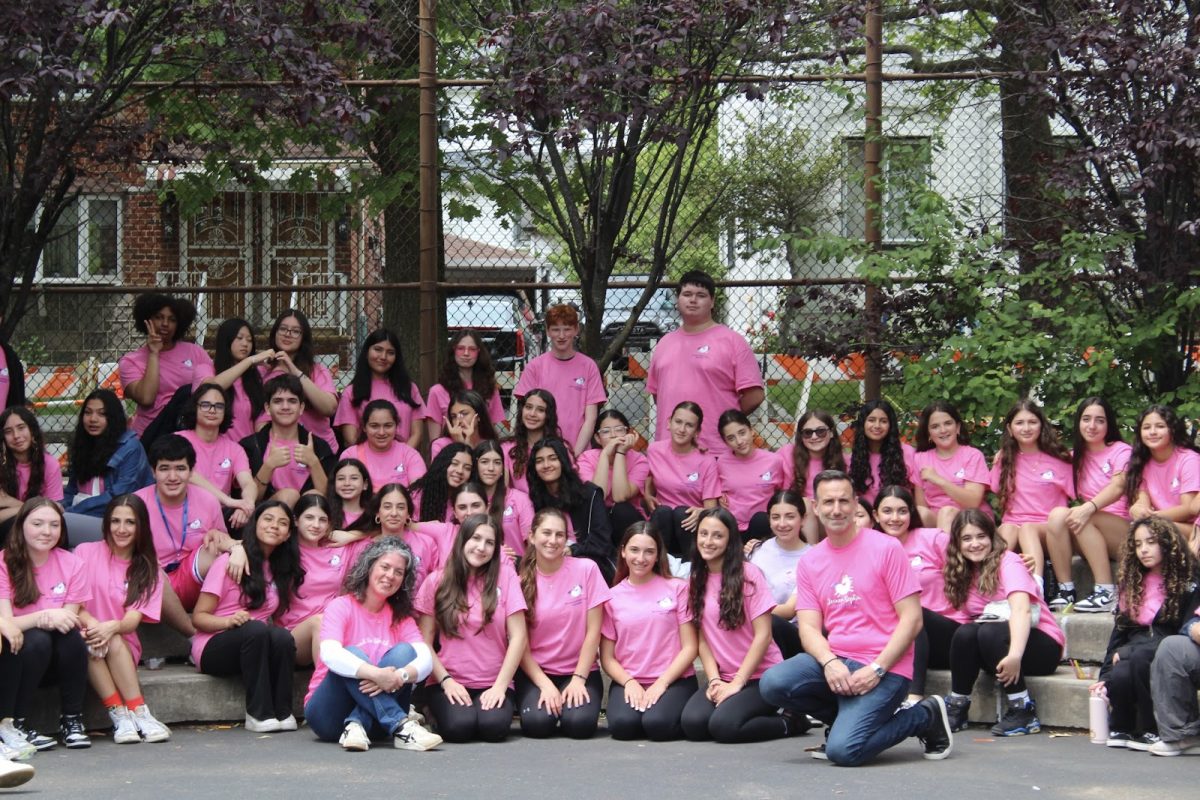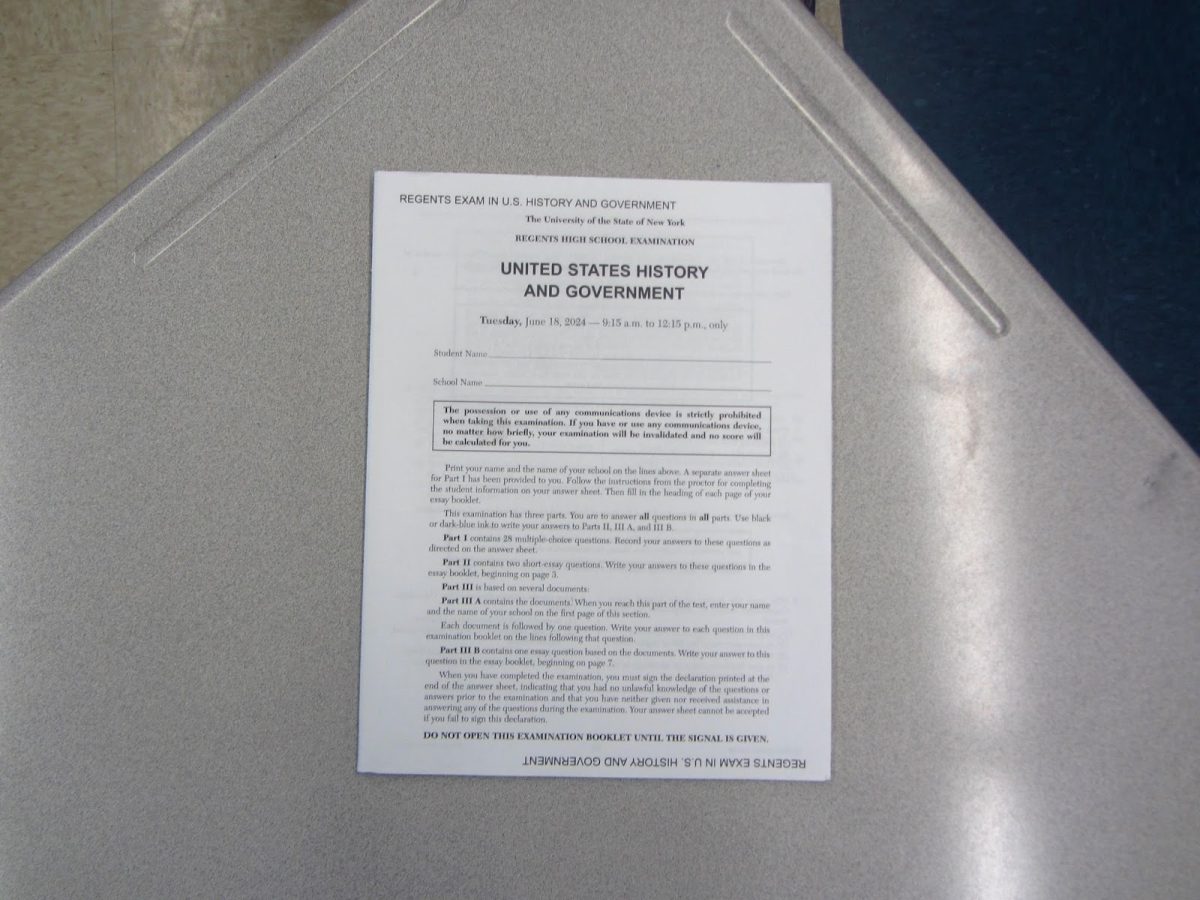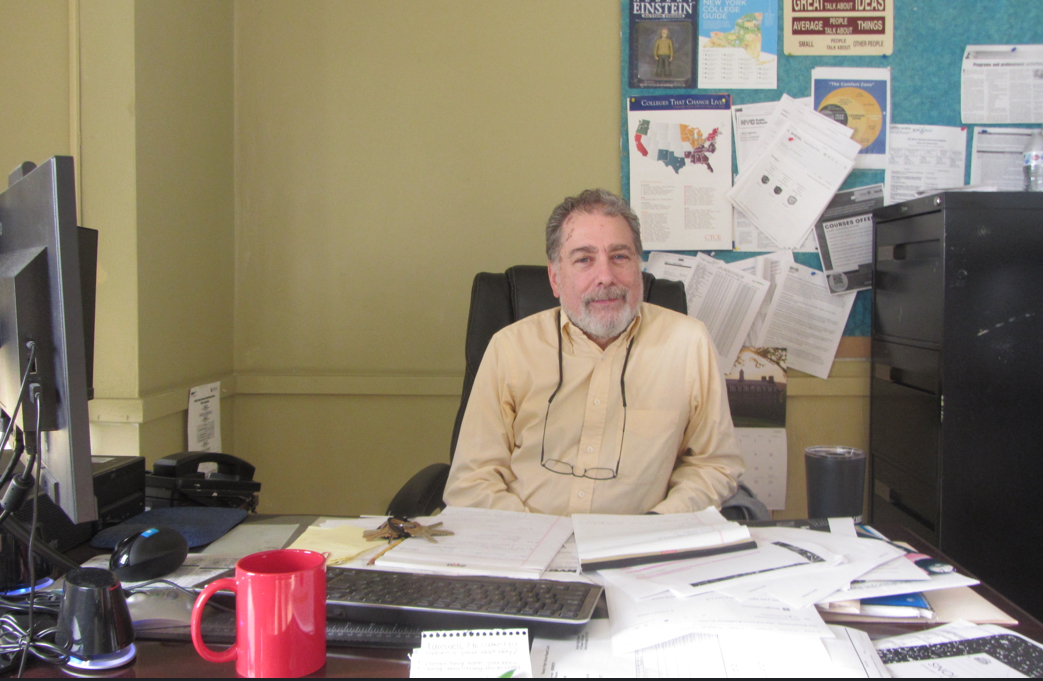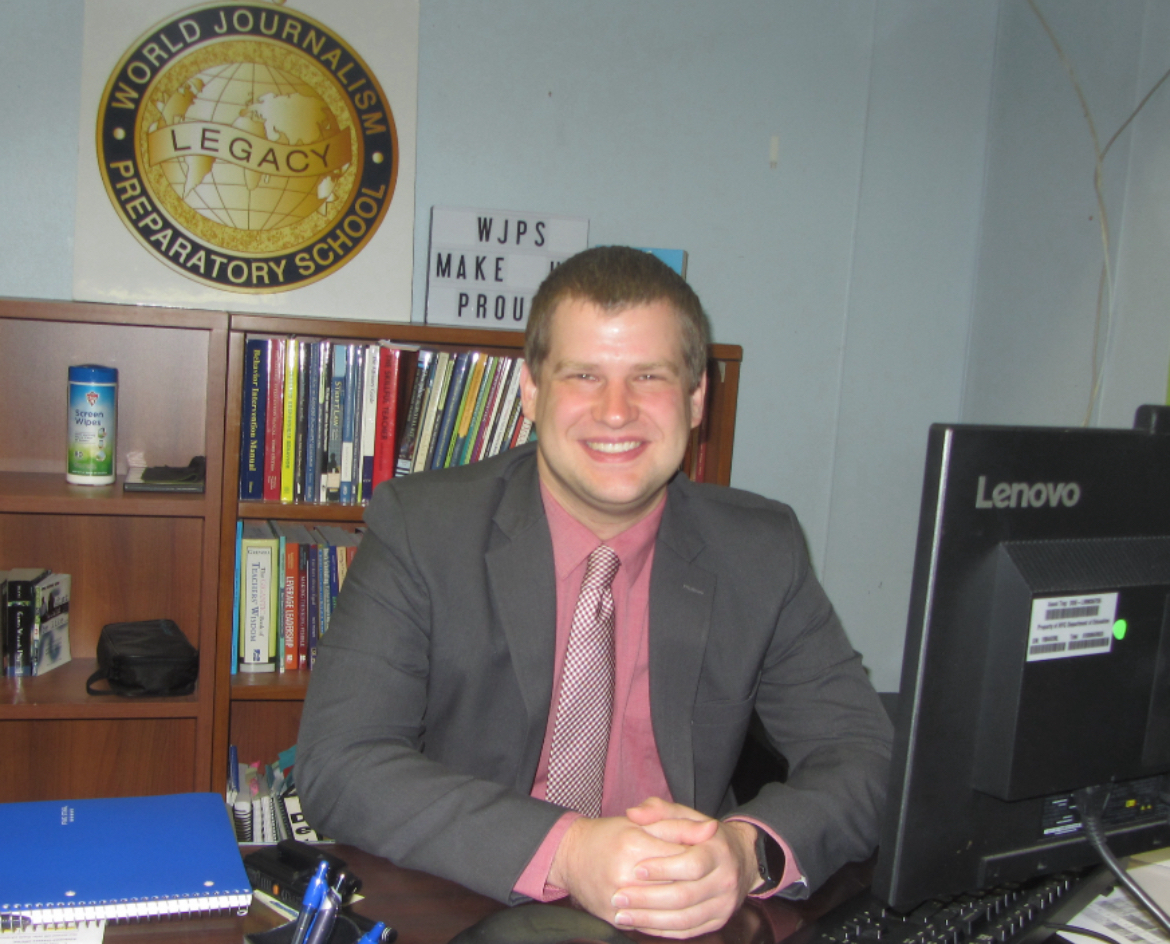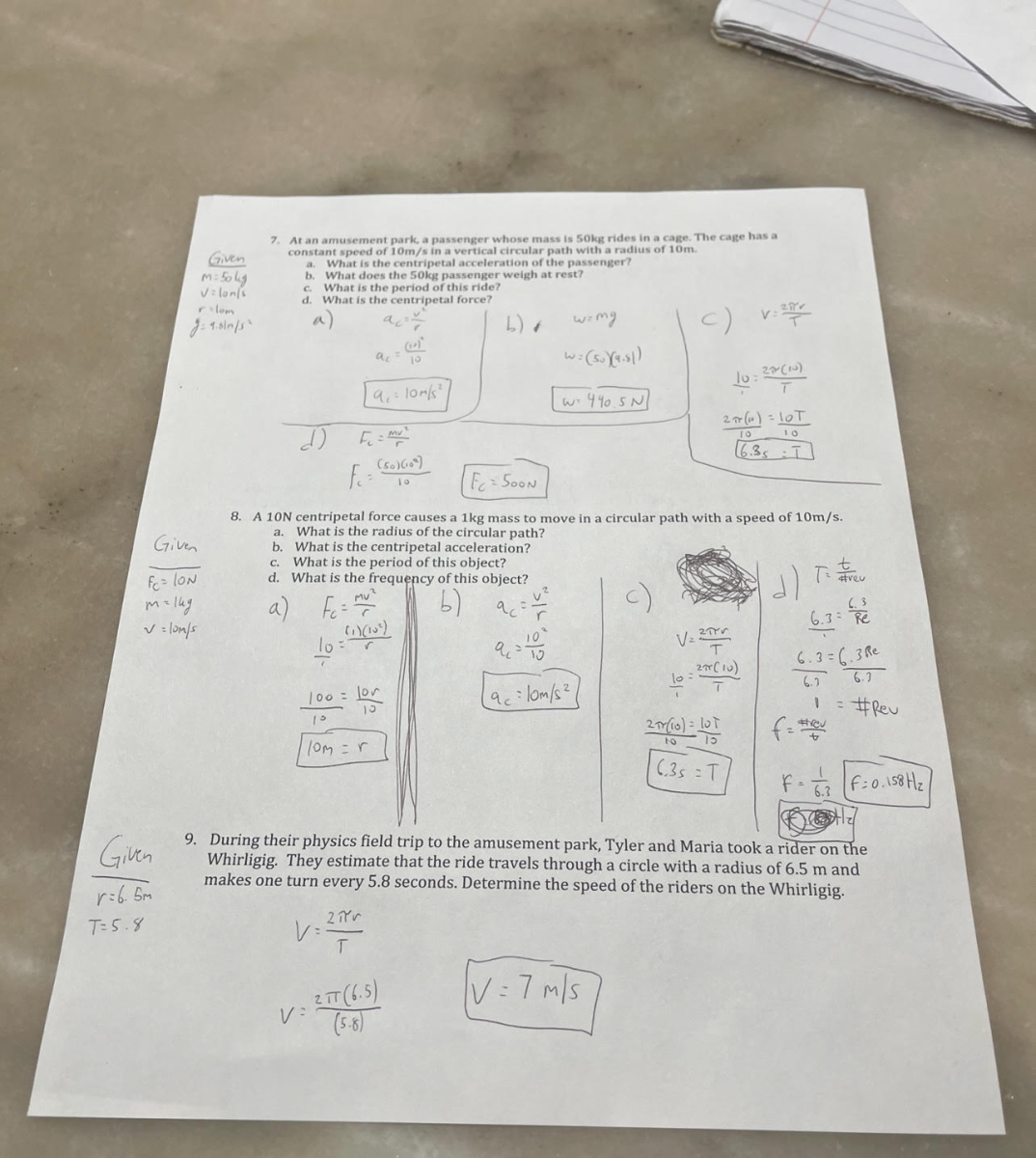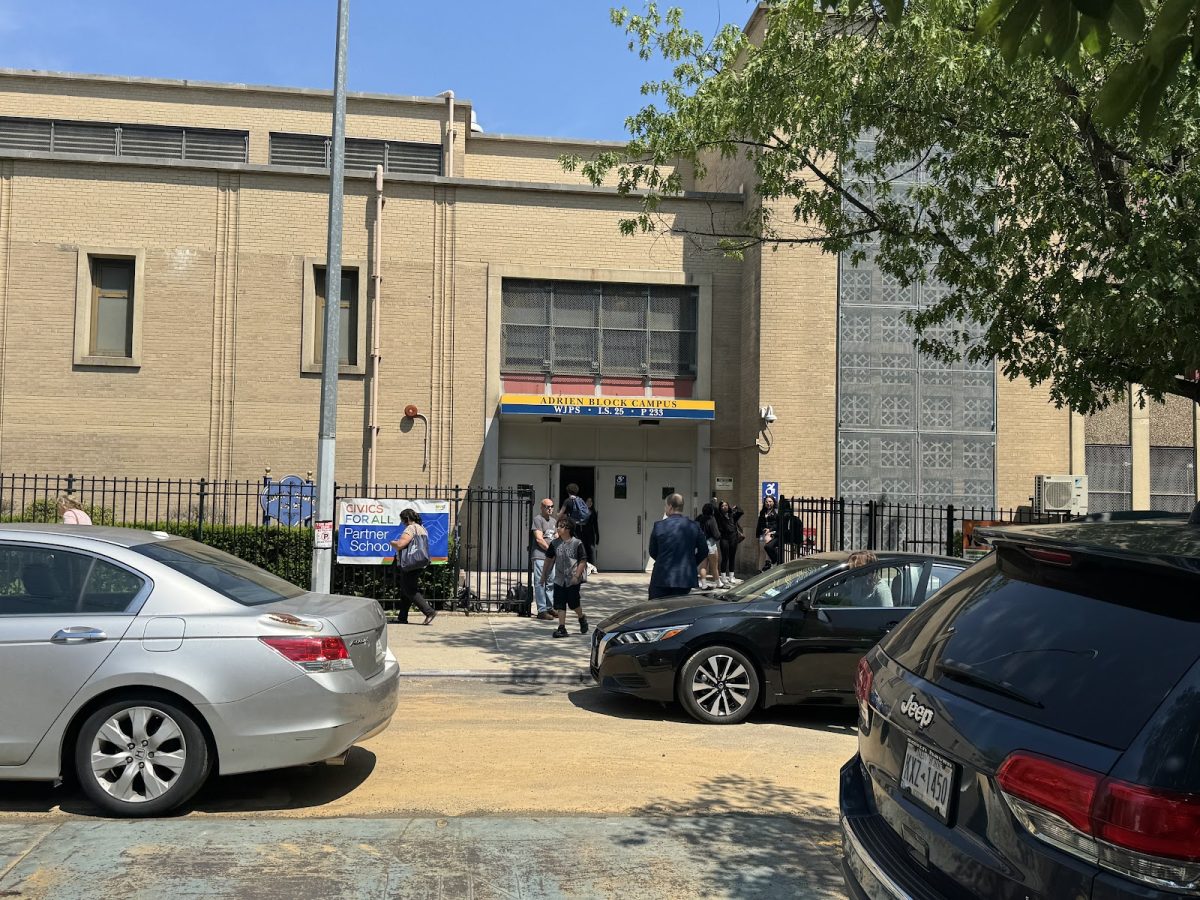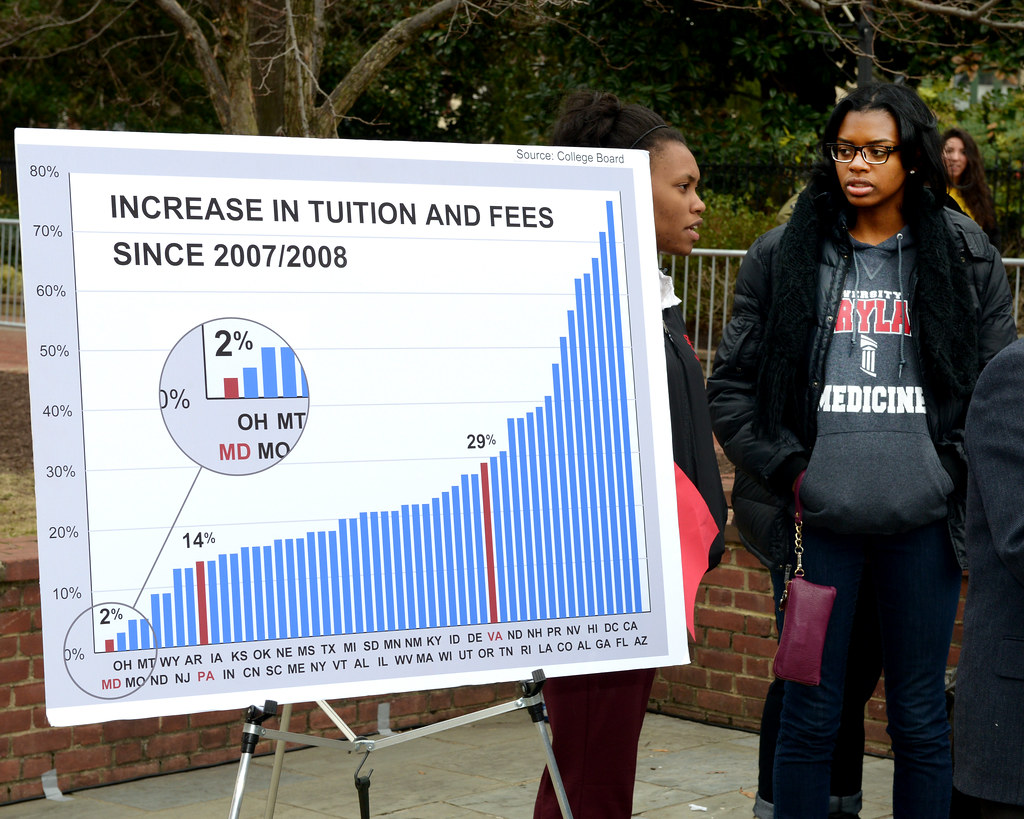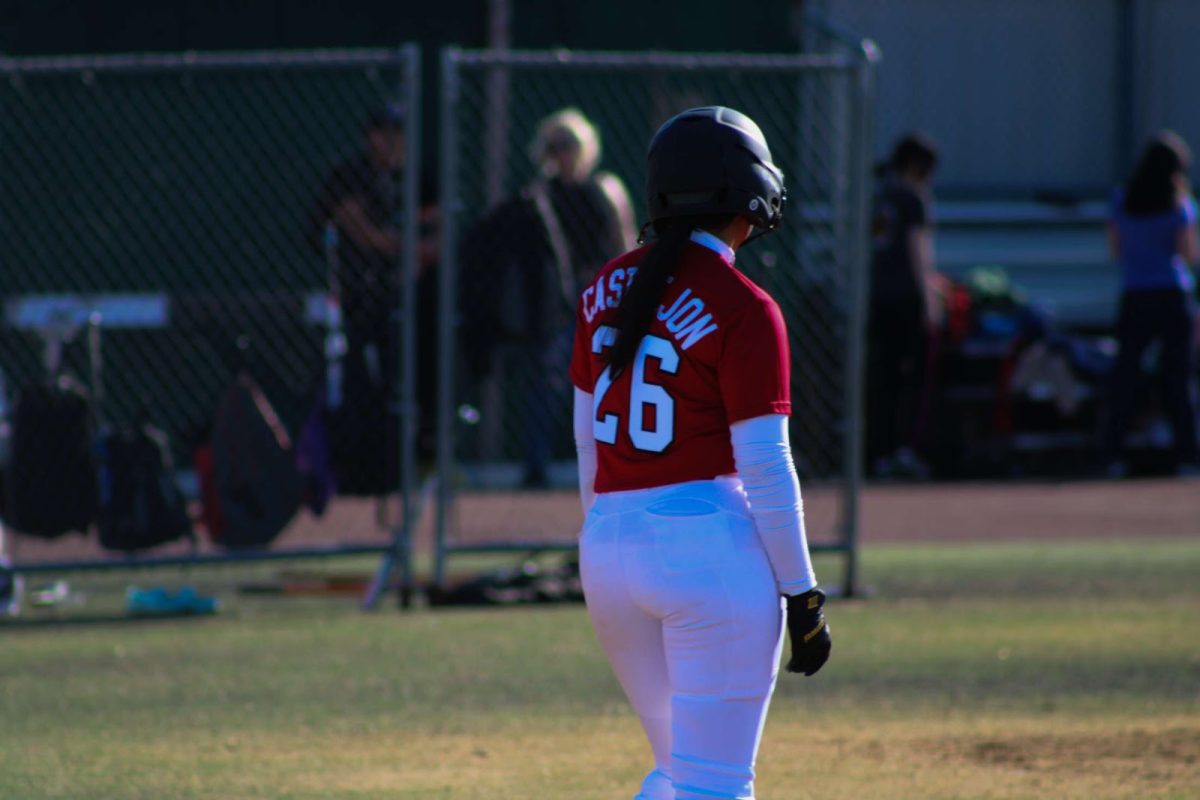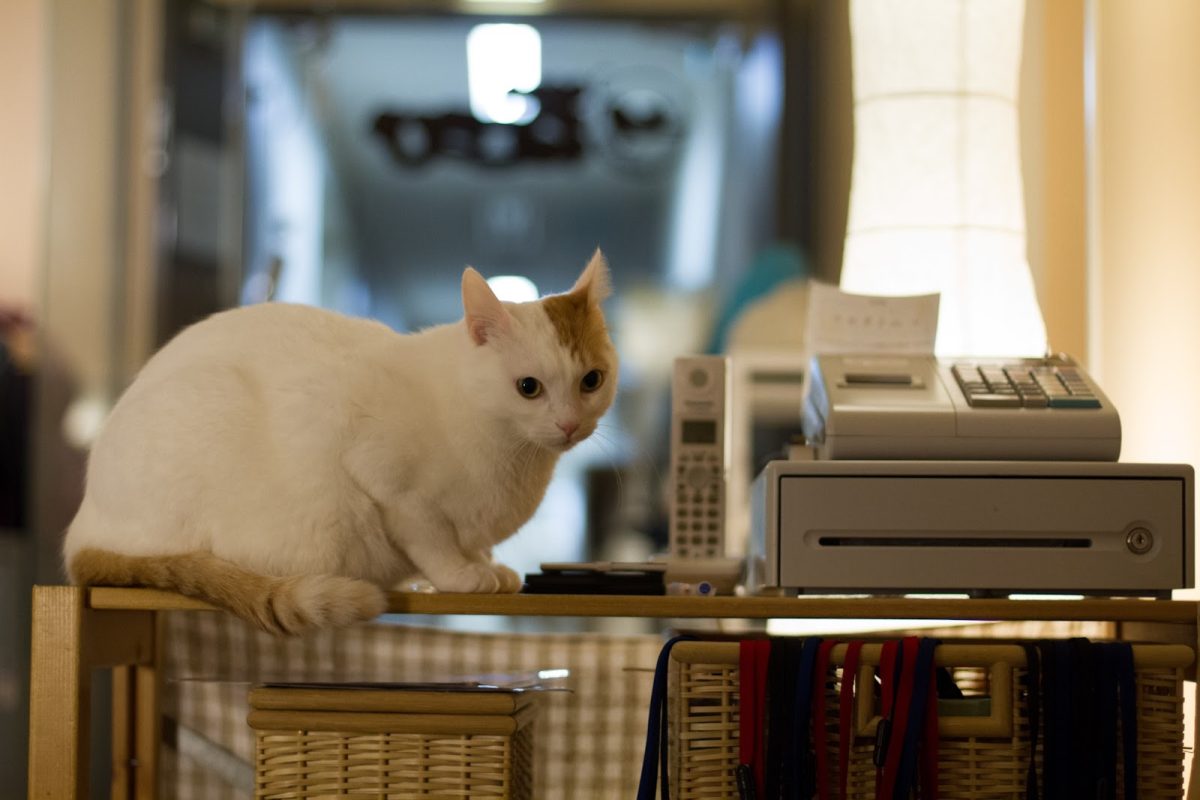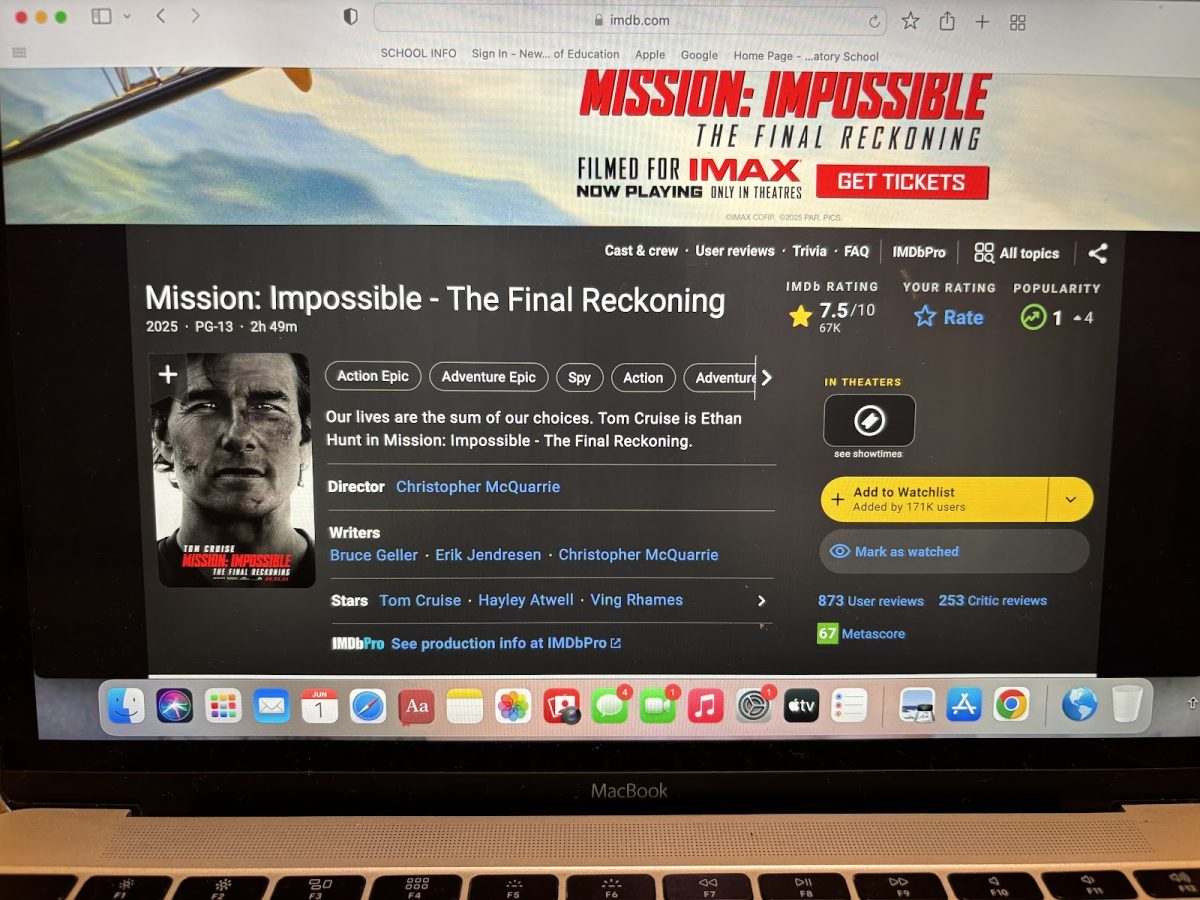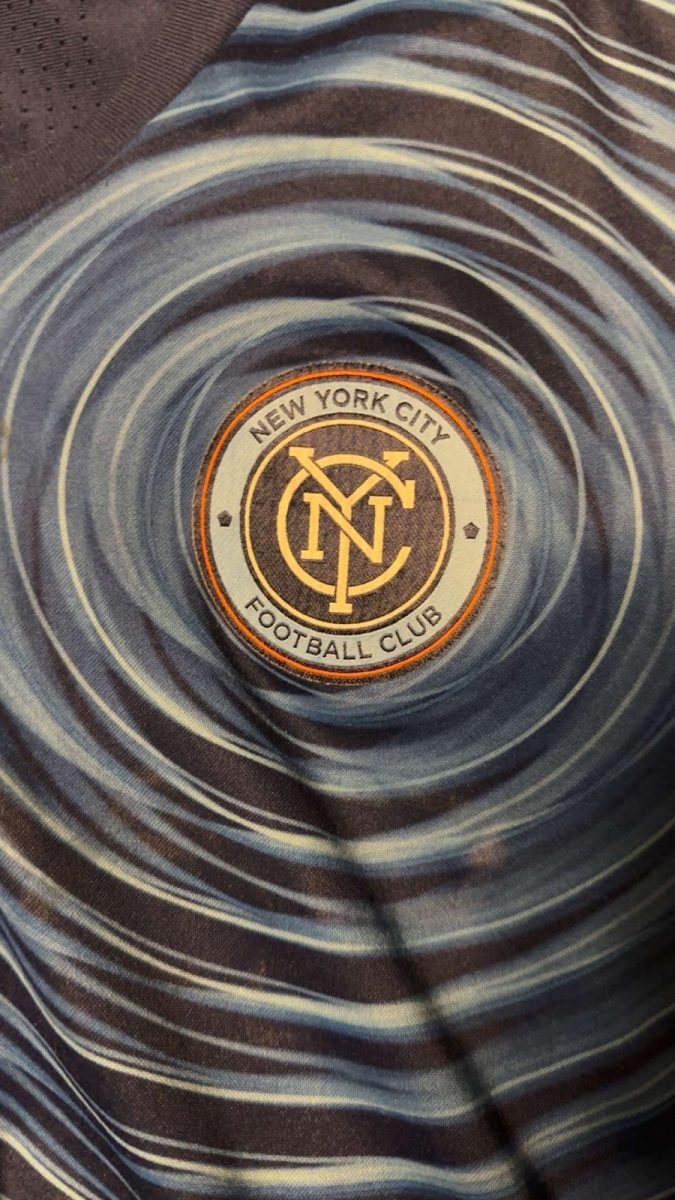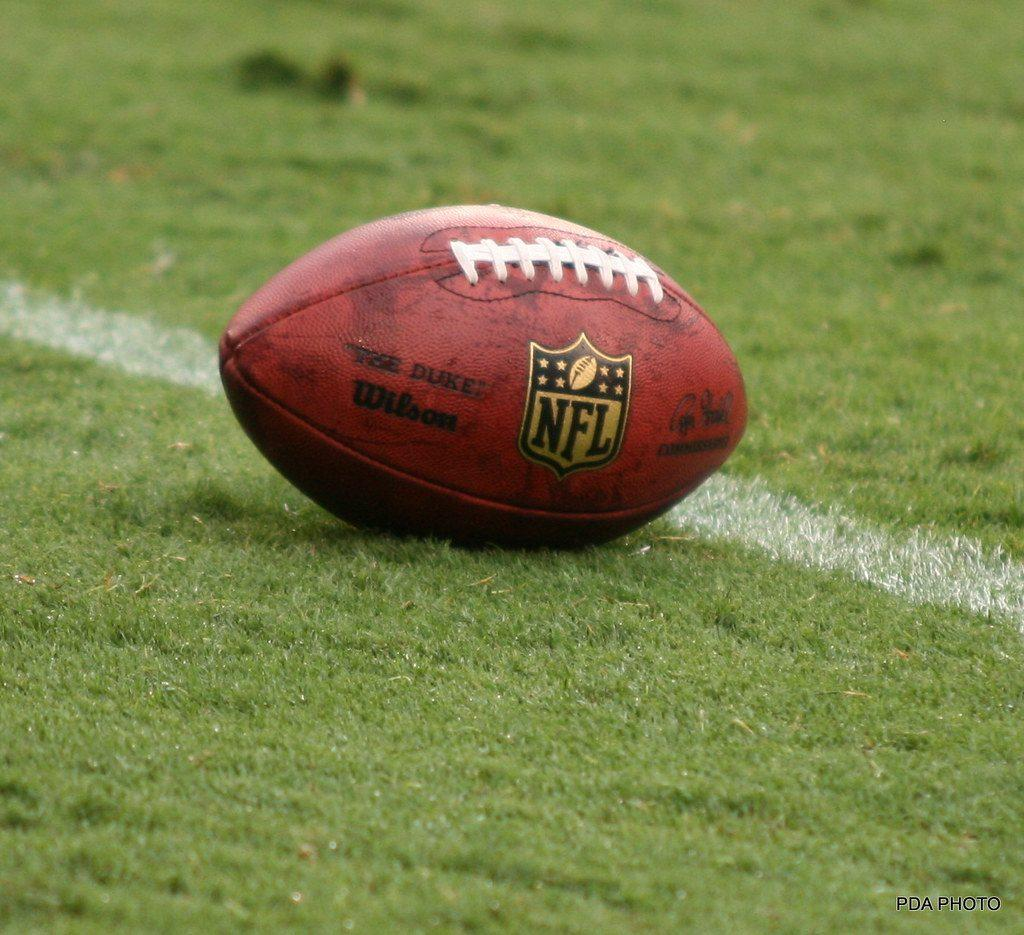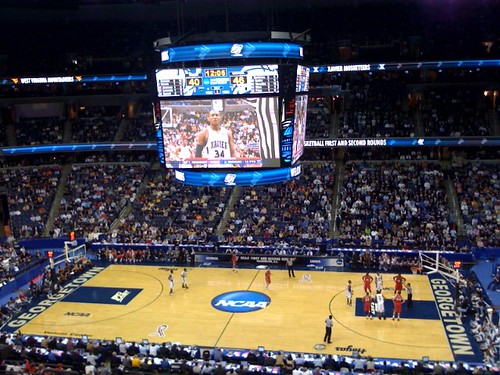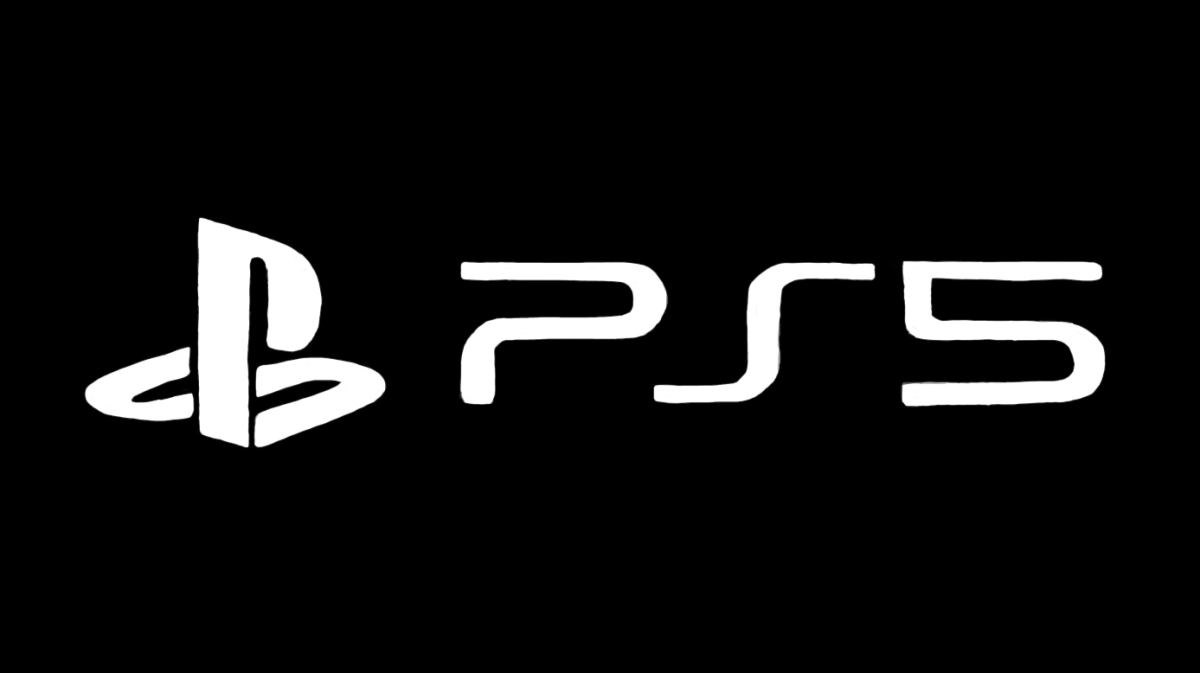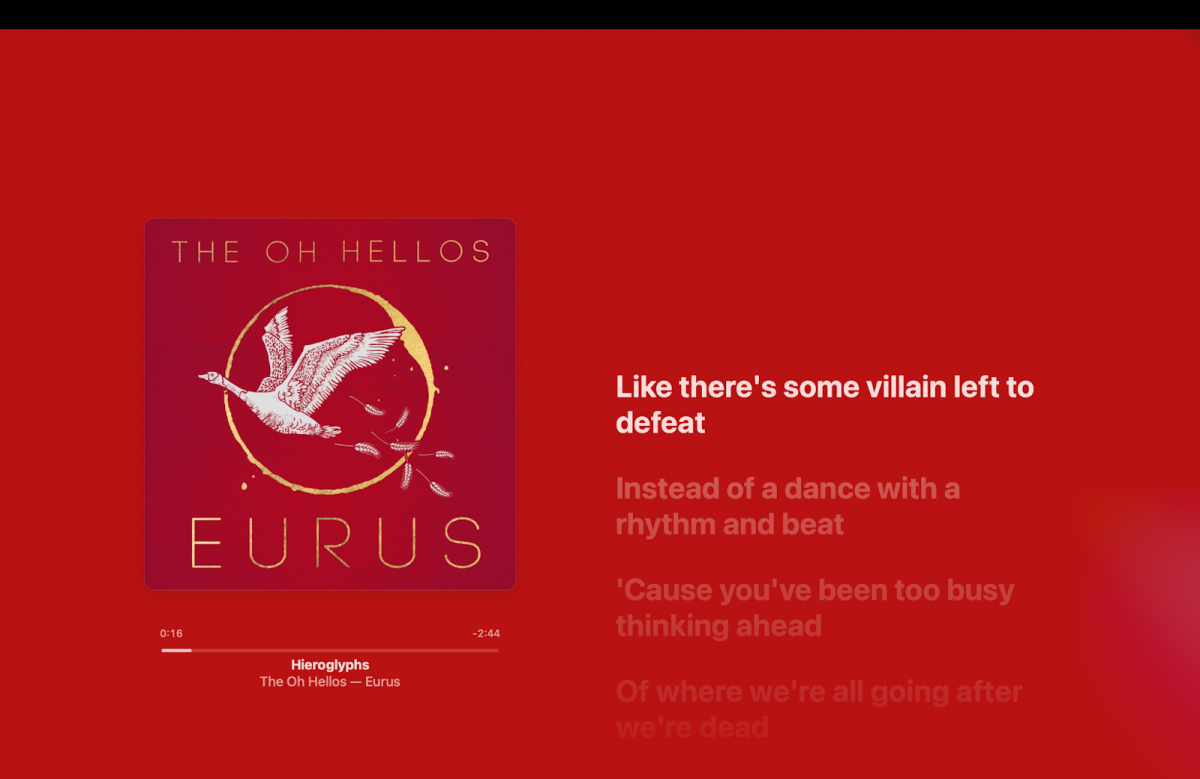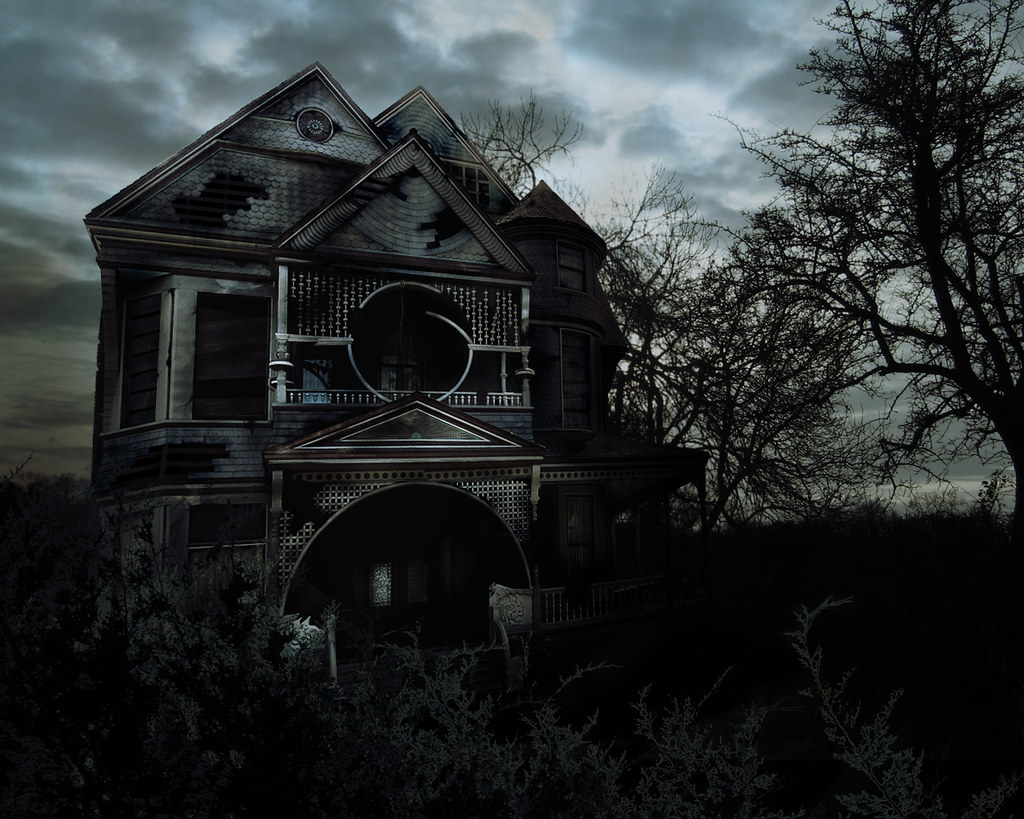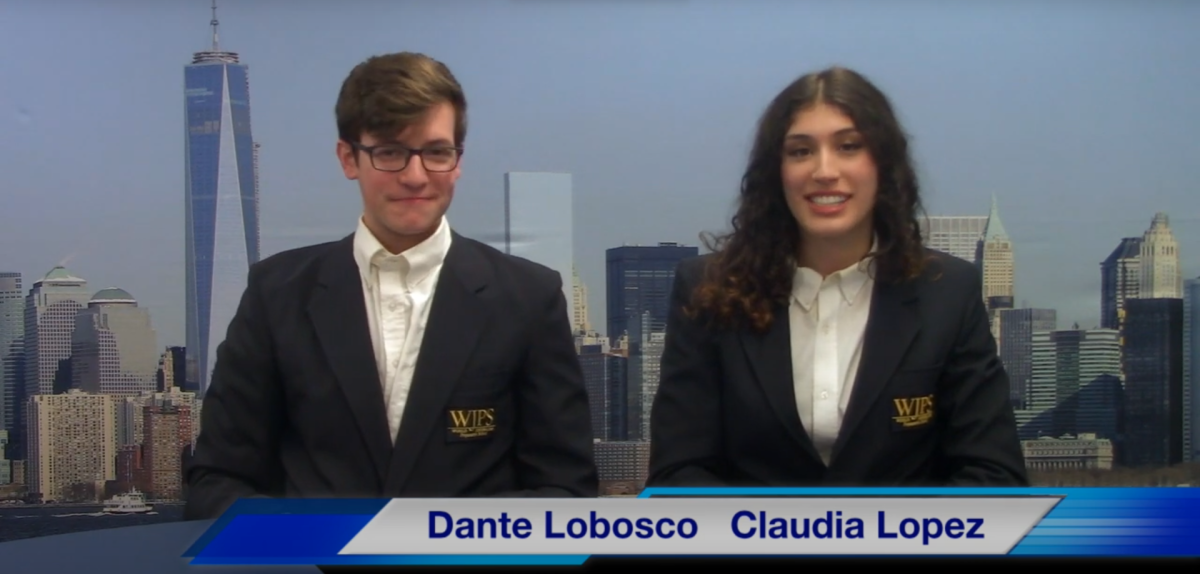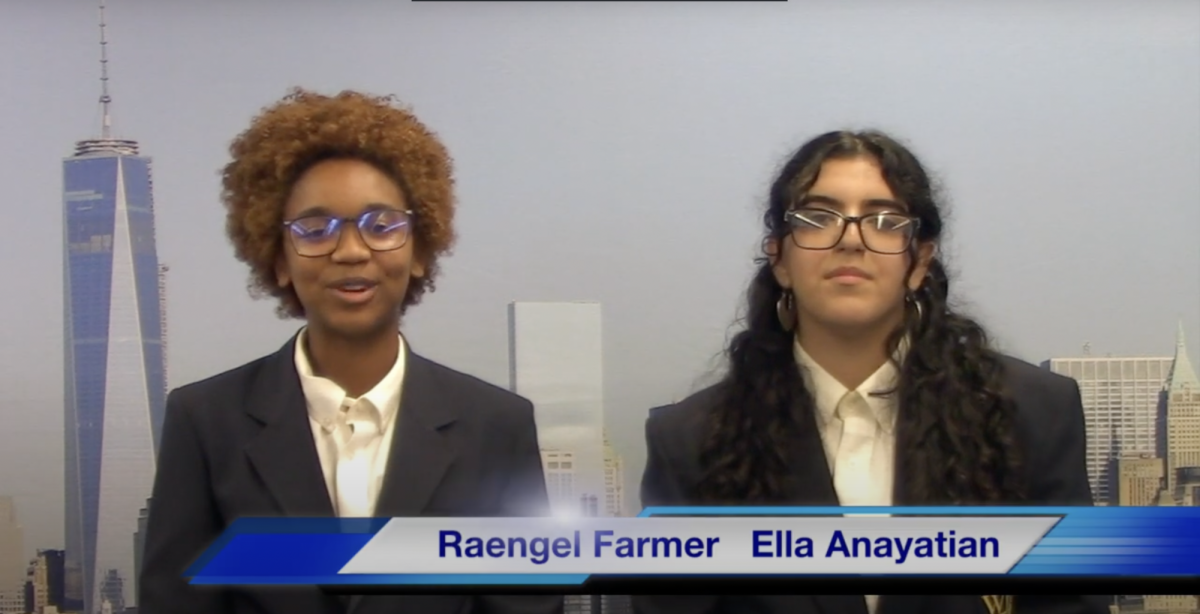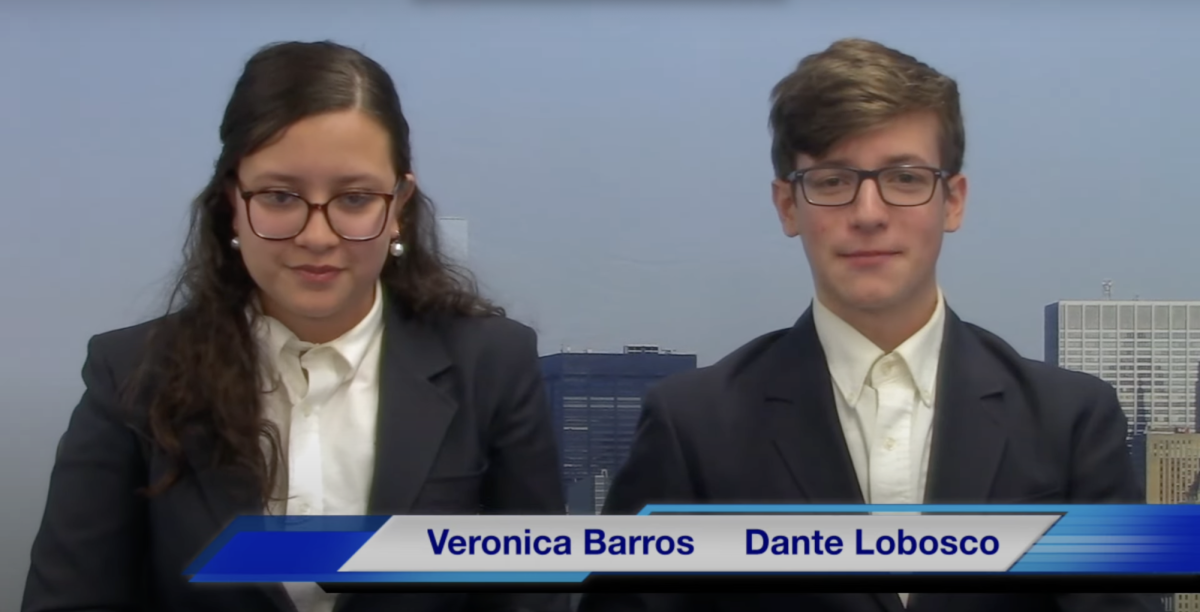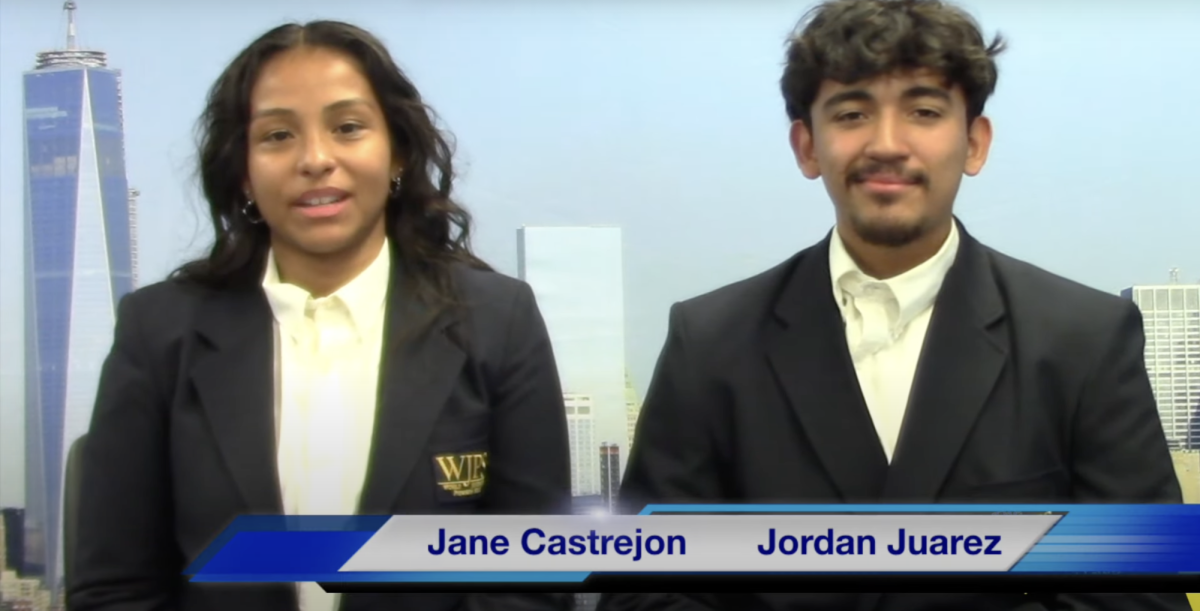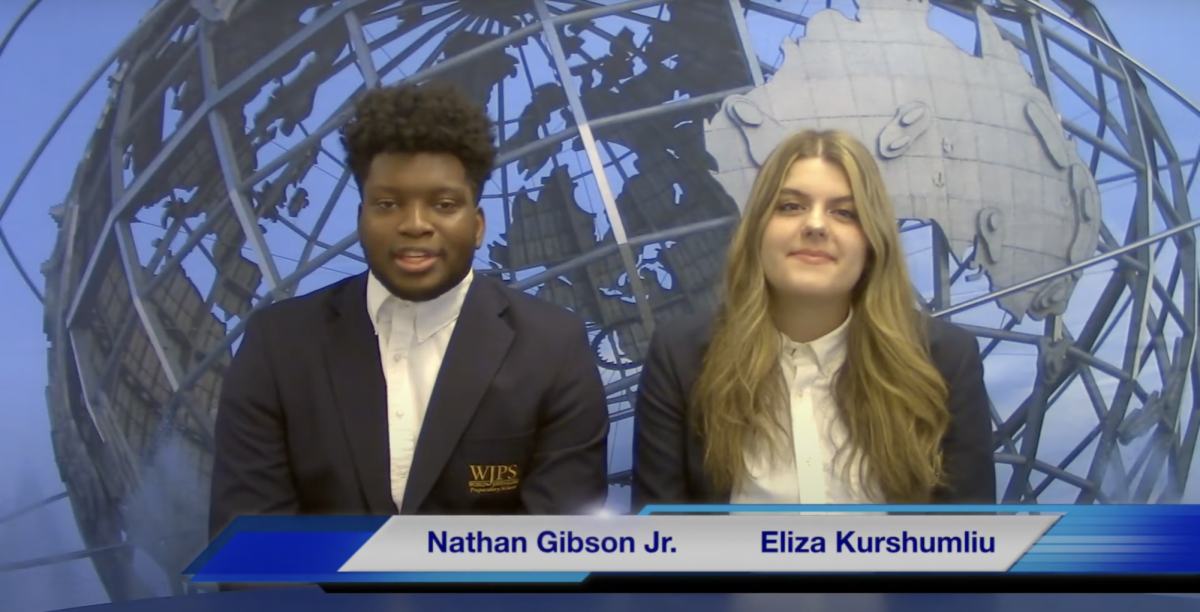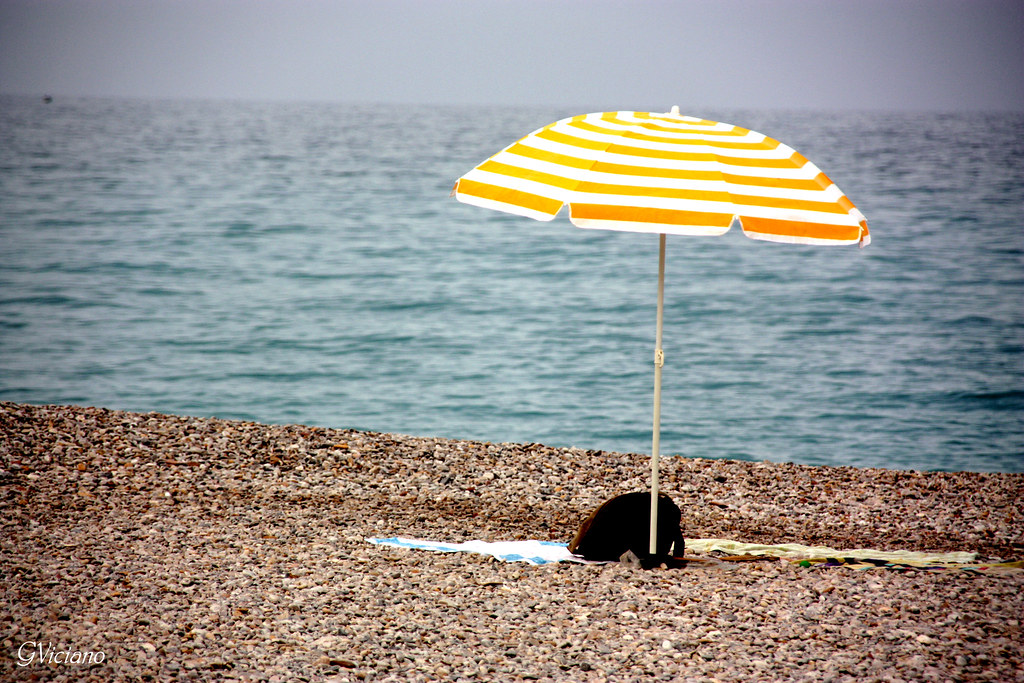by Katherine Capulong, staff reporter
Children who button their shirts in the morning, boys who tie their ties, and girls who roll up pleated skirts are not likely to be public school students. When the public school students see the pleated skirts and the ties, all they see is the religion in the embroidered school name and the money used to pay for embroidery. While the tuition is fact and the religion is evident in classes, public school students see sin in it.
Junior Rita Cinquemani, said that the first thing that comes to mind when she thinks about Catholic schools is “lots of rules.” Originally, she’d even applied to Saint Francis Preparatory School (SFP) because, “My parents are really religious and my mom went to Catholic school all her life, so it was sort of tradition.”
According to their school websites, SFP, Archbishop Molloy, and St. Agnes Academic High school all have tuition hitting just below eight thousand dollars a year. An eight thousand that would take nearly 16% of the median American household income after inflation, which as reported by the NY Times in a recent article, is $50,054. This may seem a little steep for tradition, but according to SFP junior Meagan Connelly, it’s worth it.
“There are many sports teams after school. I wanted to go to Prep because they had a pretty good reputation, pushed you to work, and had many extracurricular options as well as after-school activities. The focus is more towards academics than sports,” said Connelly.
In comparison to public schools, Holy Cross High School junior Matthew McGovern said, “We have smaller class sizes, more one on one teacher help…And it’s more disciplined.”
But class sizes and extracurriculars aren’t what come to junior Mariana Krslovic’s mind when she thinks about Catholic schools, rather, “Jesus and uniforms.”
On the subject of “Jesus,” or simply religion, the focus at Catholic schools is large enough to have specified classes and ask children to pray. McGovern says at his school “We start and end each day in prayer. We also have theology classes and school masses.”
SFP Senior Kelly Jean Gavin said, “As a freshman and sophomore you have to take Religion 9 and Religion 10 where you learn about the Catholic church; the gospels, morality, history of the church.”
However, in public schools, the only relatively religious items are learned in history class and the words “under God” in the Pledge of Allegiance (which isn’t recited in WJPS). Interestingly enough, according to the CBS’ news site, one atheist family from Acton asked that the Pledge be removed because “….declaring the nation is in fact under God…marginalizes (students).”
These basic differences–tuition and religion–may have led to some generalizations children who attend either kind of school make of each other.
“Public school kids think that private school kids are rich and snotty and think they are better than everybody and private school kids think they are better than everybody because they can afford the school,” Krslovic said.
Maybe this conception has to do with some bad blood.
“There were these pointless fights between kids from my middle school and a Catholic one. The group from [IS25Q] just got sick of the Our Lady of the Blessed Sacrament (OLBS) people,” former IS25 student, Vikas Peddu said.
“Rules and religion affect the way people from my school [Holy Cross] act,” said McGovern. “They are different.”
Some don’t think there’s much of any difference or any reason to fight. “I think they are similar to public school kids,” junior Luna Qu said.
“I don’t think there are any differences because you choose to go to a public school or a Catholic school. School is school…it’s the effort you put into it that’s going to make or break your reputation,” Gavin said.
